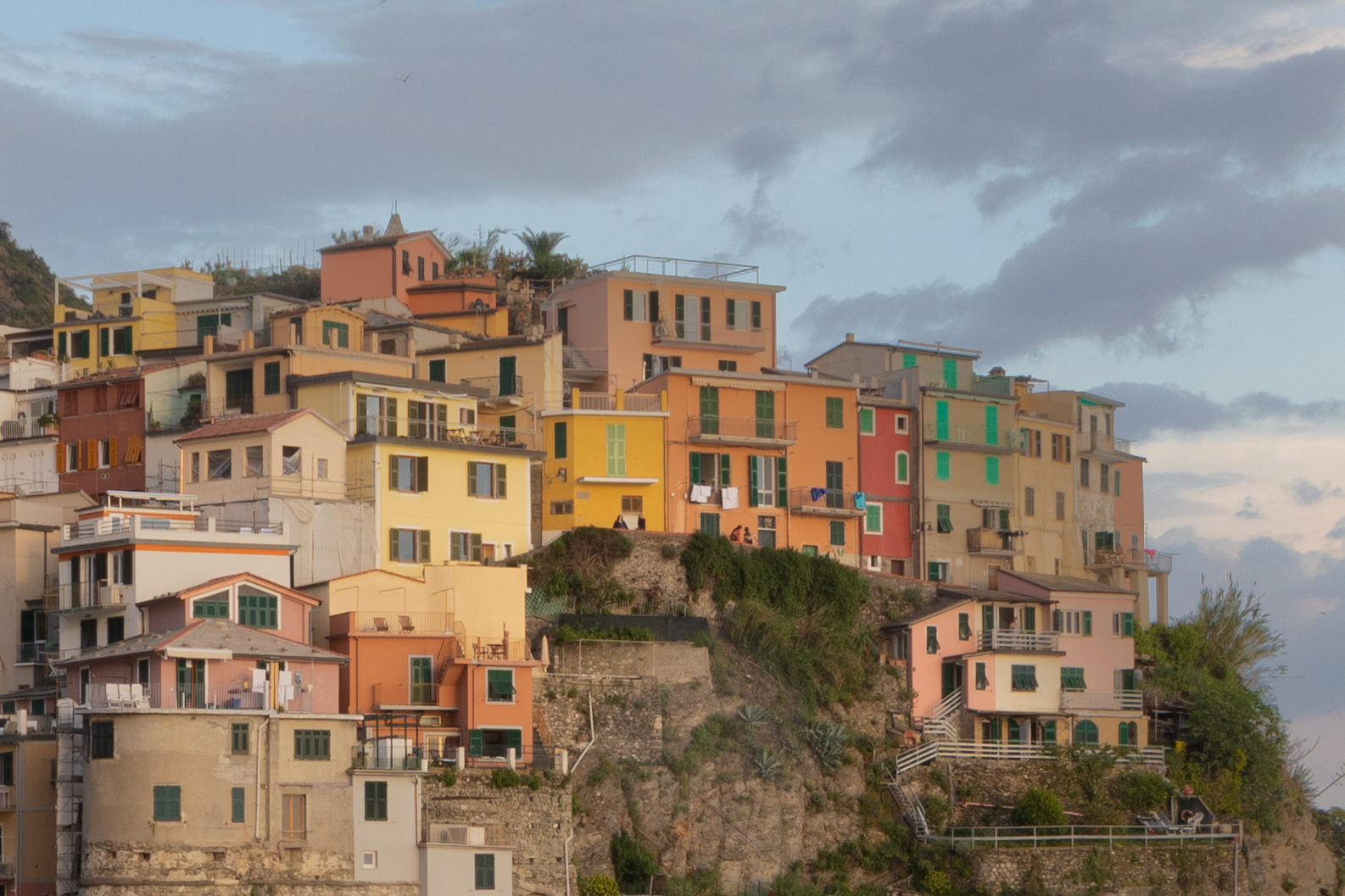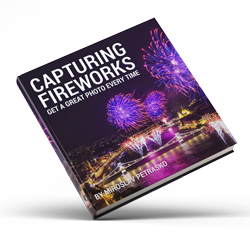The night sun on the Tower 115
The White night event is again in Bratislva this weekend, and I went a bit to the city yesterday evening. I did not really take many photos, as I do prefer wide landscapes to street photos, but I did take a few. Here is one.
This is one of the light installation, a projection of a very talkative sun on the Tower 115 building, next to the Apollo bridge. I did this photo with the 12mm lens, to get as much of the foreground together with the tower. I quite like these plant holders they have there, even though they are not yet overgrown. The whole area is still quite new, so that will take a while still.
This is a blend of 4 exposures, 3 for the photo and one at higher iso for the sun. Blended in Photoshop.



























